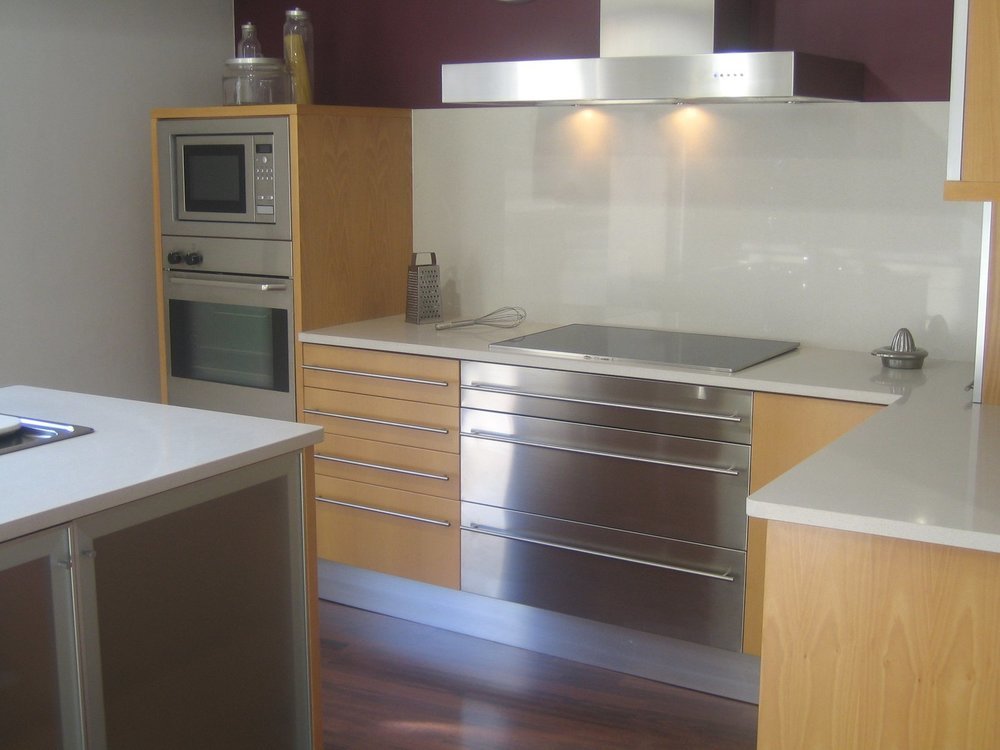 Kitchen Projects
Kitchen Projects
Practical Elements
When designing a kitchen, many people tend to focus on aesthetics. While the look of the place is important, it should always be remembered that these spaces serve a practical purpose. The design elements should not get in the way of the person making their meals.
A Good Balance
A typical kitchen is filled with a plethora of essential items. If designers are unsure of them, they could utilise Wikipedia to learn about food preparation devices. Perhaps the most vital one is the oven. These can take up a fair amount of space. Consequently, the person coming up with the décor scheme will need to allocate the oven its own area. The same can also be said of fridges and freezers. If people like to store plenty of food, then their refrigerator could be the most dominant element within the kitchen.
It can be difficult for people to strike a good balance between great designs and practicality. The aim is to keep the kitchen functional while enhancing its appearance as much as possible. It is sometimes wise to make a note of all the things the interior needs to serve its purpose. The designer could then work their ideas around them. The most skilled spatial artists manage to make these two opposing forces symbiotic. Novices might utilise the BBC website in order to improve their designs. It contains plenty of helpful resources.
Air and Objects
Ventilation is another critical issue that will need to be addressed. If air is trapped within the kitchen, then the temperature will rise. This can cause a health hazard for the person cooking. It may also spoil non-refrigerated foods such as fruit and bread. As a result, a fan or air conditioning system should be factored into the design.
If the design ends up neglecting storage, then it is not fit for purpose. There will be numerous small and large items that have to fit into cupboards or shelves. While many designers favour open space plans, these are not always applicable. A big part of these projects is listing every necessary object and coming up with ways to store them properly. Some people prefer to have pots and pans out in the open. They may be hanging from the wall. Alternatively, these items might be hidden away in elegant looking drawers. The important thing is that they are easily accessible on a day to day basis.


